1. Adult Coloring Books

Originally marketed as a soothing, screen-free way to unwind, adult coloring books exploded in popularity in the mid-2010s. They promised childhood nostalgia with a grown-up twist, touting mental health benefits like stress reduction and mindfulness. But walk into any bookstore or scroll through Amazon, and suddenly you’re bombarded with choices: mandalas, nature scenes, swear word editions, even themed color palettes. Before long, you’re second-guessing whether your color choices are “correct” or if your Crayola set is too basic.
Then come the unspoken rules: don’t color outside the lines, try to balance your hues, use colored pencils—not markers! Social media doesn’t help either; there’s a whole subculture of people posting perfectly shaded pages that look more like fine art than relaxation. What started as a calming activity can quickly turn into a quiet comparison game. If you’re stressing over gradients, is it really helping your stress?
2. Essential Oil Diffusers
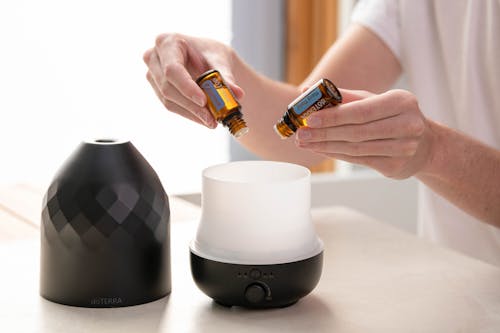
Ah, the soothing scent of lavender misting through your living room… unless you’re not sure if you added the right number of drops. Essential oil diffusers are everywhere now, promoted as a natural way to relax, sleep better, or even ward off colds. But users are hit with detailed instructions: only use distilled water, clean it daily, don’t mix certain oils, and for heaven’s sake, keep it away from pets. Certain oils, like tea tree and eucalyptus, can actually be toxic to cats and dogs.
And beyond safety concerns, there’s decision fatigue. Do you use a cool mist or ultrasonic diffuser? Which brand of oil is actually “therapeutic grade”? How many drops per square foot of your room? Before long, what was supposed to be an intuitive wellness tool starts to feel like a full-time aromatherapy course.
3. Meditation Apps
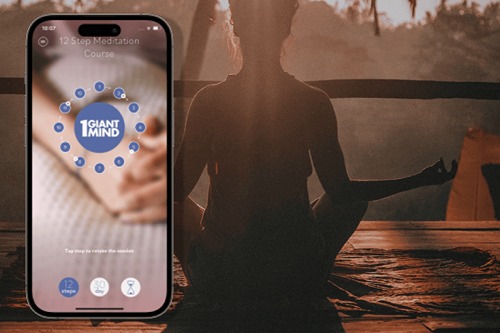
Meditation is one of the oldest forms of relaxation, but once Silicon Valley got involved, it got a digital facelift—complete with push notifications. Apps like Headspace and Calm promise peace and presence, but often deliver a to-do list of sessions, streaks, and breathing exercises. You can’t just sit there—you’ve got to choose between body scans, loving-kindness, or “mindful productivity.” And don’t forget to “track your progress” after your session.
Plus, there’s the pressure to do it right. If your mind wandered, did the session count? If you skipped a day, is your streak ruined? Instead of embracing stillness, users sometimes end up feeling like they’ve failed at relaxing. Ironically, a tool meant to simplify mindfulness can add more noise.
4. Weighted Blankets
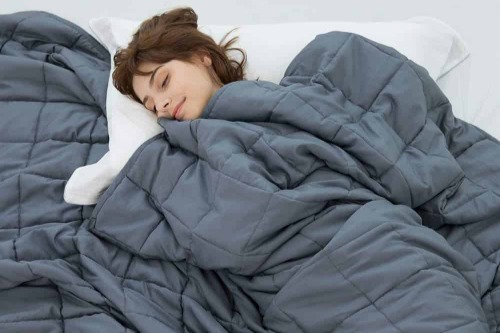
Weighted blankets claim to reduce anxiety and improve sleep by simulating a “deep pressure touch,” similar to a hug. Sounds perfect, right? Except they come with charts: you need to choose the right weight based on your body size—usually 10% of your body weight, plus or minus a pound or two. Too light and it’s useless, too heavy and it might make you feel like you’re trapped in a sandbag.
Then there’s the laundry dilemma. Most weighted blankets aren’t easy to wash, requiring special covers or spot cleaning. They can also retain heat, so you need to find a “cooling” version if you run warm at night. What should be a snuggly addition to bedtime can easily become a sweaty, complicated investment.
5. Hot Yoga
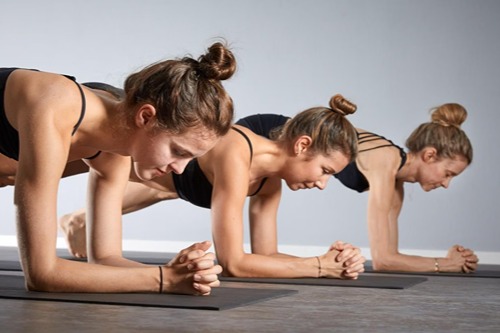
Yoga is supposed to calm your mind and stretch your body, but hot yoga turns that concept into an endurance test. Studios are heated up to 105°F with high humidity, creating a sweaty, detoxifying experience that some swear by. But you can’t just show up in leggings and wing it—you need to hydrate hours before, avoid eating too much, bring a towel, a yoga mat and a yoga towel, and ideally, know the poses ahead of time. There are entire blog posts and tutorials on how to “prepare” for your first class.
Also, the intensity can catch people off guard. Dizziness, nausea, and dehydration are not uncommon for beginners. Instructors often say to “listen to your body,” but the competitive energy in the room says otherwise. Suddenly, your quest for zen feels more like a bootcamp challenge.
6. Bullet Journaling

Touted as a mindful mix of planner, diary, and creative outlet, bullet journaling started as a minimalist system for organizing life. But somewhere along the way, it became an Instagram art form. What began as simple dots on paper now includes intricate habit trackers, color-coded pens, washi tape, stencils, and elaborate monthly themes. There are even books and courses on how to “set up your first BuJo” correctly.
For many, it’s less about reflection and more about presentation. If your pages aren’t Pinterest-worthy, are you even doing it right? And maintaining your bullet journal starts to feel like another chore on your already full to-do list. It’s organization disguised as relaxation—but the effort is very real.
7. Bath Bombs

Nothing says “me time” quite like a fizzy, fragrant bath bomb. They’re marketed as a low-effort way to turn your bathtub into a spa. But pick the wrong one and you might stain your tub, irritate your skin, or clog your drain with glitter and flower petals. Some even come with instructions to rinse off after soaking to avoid leftover oils or dyes.
And it doesn’t end there. The water needs to be the “right” temperature, and if you’re sensitive to scents, you’ll need to carefully vet each ingredient. Do you want muscle relief, stress reduction, or skin hydration? Suddenly, that quick soak starts to feel like a chemistry experiment.
8. Sound Baths
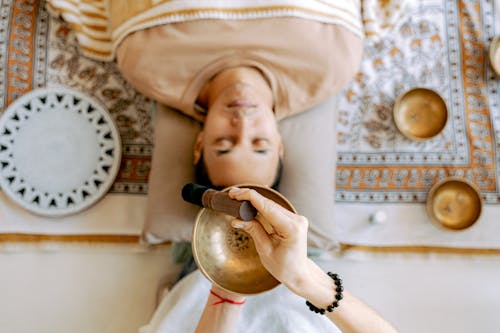
Despite the name, sound baths don’t involve water—just waves of sound meant to help you relax. They’re often held in yoga studios or wellness centers, using gongs, crystal bowls, and other resonant instruments. But unlike simply listening to music, participants are given guidance: don’t move too much, focus on your breath, and be “open to the experience.” Some sessions even come with pre-bath meditations or post-bath journaling prompts.
If you’re not used to it, the whole experience can feel both fascinating and slightly intimidating. Are you supposed to feel vibrations in your chest? What if your mind wanders? Is falling asleep rude? What sounds like passive listening can easily become an exercise in trying very hard to let go.
This post 8 American Trends That Are Meant to Be Relaxing—But Always Come with Instructions was first published on American Charm.


